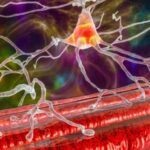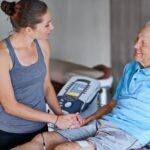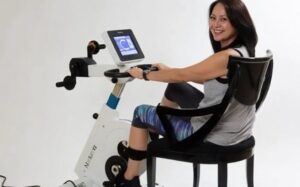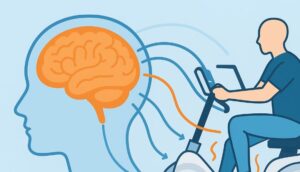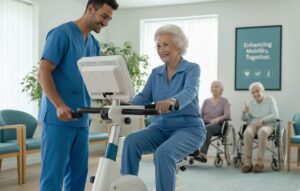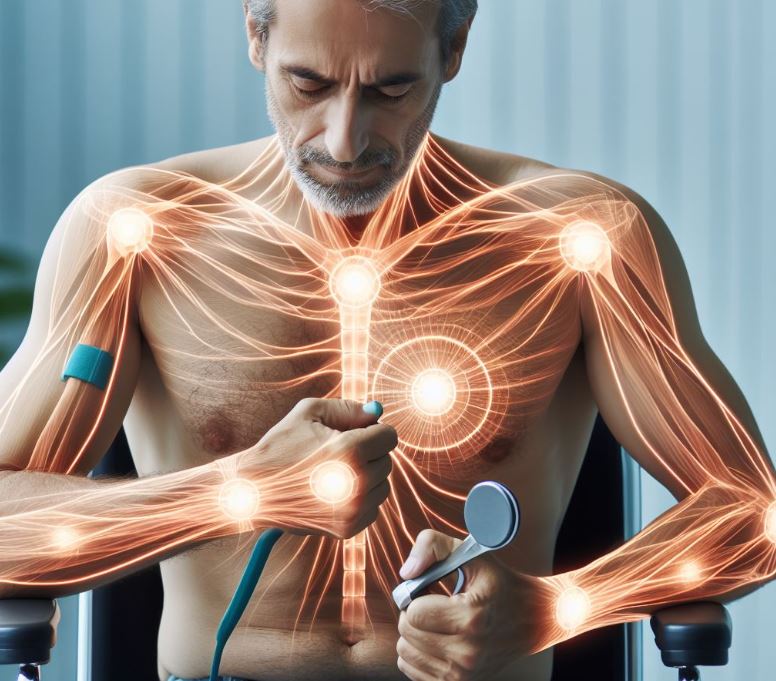
Muscle spasticity, a condition marked by stiffness and involuntary muscle contractions, poses significant challenges for individuals affected by neurological disorders such as cerebral palsy, stroke, and multiple sclerosis. In this article, we’ll explore the nuances of muscle spasticity, its causes, and delve into an innovative solution – Active-Passive Cycle Therapy. Discover how this revolutionary approach to rehabilitation is transforming lives by offering relief and improving the quality of movement for those grappling with muscle spasticity.
Understanding Muscle Spasticity
Muscle spasticity arises from damage or dysfunction in the nervous system, particularly the upper motor neurons responsible for voluntary muscle control. Conditions like cerebral palsy, stroke, multiple sclerosis, traumatic brain injury, spinal cord injury, and ALS can trigger muscle spasticity, leading to stiffness and challenging movements.
The Impact of Muscle Spasticity
Living with muscle spasticity can significantly impede one’s ability to perform daily activities, affecting mobility, posture, and overall quality of life. The severity of spasticity varies, ranging from mild stiffness to debilitating spasms that cause pain and discomfort.
Traditional Approaches to Managing Muscle Spasticity
Historically, managing muscle spasticity involved a combination of physical therapy and medications, such as muscle relaxants or anti-spasticity drugs. While these approaches offer relief for some individuals, there is a growing need for innovative therapies that address the root causes and provide long-term benefits.
Introducing Active-Passive Cycle Therapy
Medup V2 is the leading arm and leg cycle ergometer on the market in Ontario. Hospitals to rehab centres to home users are benefiting from improving user quality of life. Contact us!
Active-Passive Cycle Therapy represents a breakthrough in the realm of rehabilitation for muscle spasticity. This cutting-edge approach combines elements of active and passive exercise to target specific muscle groups, promoting flexibility, strength, and improved motor function.
How Active-Passive Cycle Therapy Works
Active-Passive Cycle Therapy involves a specially designed trainer cycle that accommodates both active pedaling and passive movement. The individual can engage in active cycling, exerting effort to pedal, while the device also offers passive movement where the machine propels the legs. This dual-mode operation allows for a customized and gradual progression in therapy, catering to varying levels of spasticity.
Benefits of Active-Passive Cycle Therapy for Muscle Spasticity
- Muscle Relaxation
- Active-Passive Cycle Therapy promotes muscle relaxation by allowing individuals to engage in low-resistance active pedaling, helping to alleviate tension and stiffness.
- Improved Range of Motion
- The combination of active and passive movements helps enhance the range of motion in affected joints, fostering flexibility and reducing the impact of spasticity on daily activities.
- Enhanced Circulation
- The rhythmic cycling motion stimulates blood flow, contributing to improved circulation. This can be particularly beneficial for individuals with spasticity resulting from conditions like stroke or spinal cord injury.
- Gradual Rehabilitation
- The adjustable resistance levels and customizable settings on Active-Passive Cycle Therapy trainers enable a gradual rehabilitation process, accommodating individuals with varying degrees of spasticity.
- Targeted Muscle Strengthening
- Active-Passive Cycle Therapy allows for targeted muscle strengthening, focusing on specific muscle groups that are affected by spasticity. This targeted approach can contribute to improved overall muscle function.
- Neuromuscular Reeducation
- By combining active and passive movements, this therapy aids in neuromuscular reeducation, helping individuals relearn proper muscle patterns and coordination.
Home and Health Institutional Use
Active-Passive Cycle Therapy emerges as a game-changer now employed by hospitals, rehabilitation and therapeutic care centres. Home use is also increasingly common. Active-passive cycle therapy is often at the centre for those who have degenerative conditions or suffered catastrophic injury, offering a dynamic and effective therapy.
As technology continues to advance, innovative therapies like Active-Passive Cycle Therapy provide hope for a brighter future, empowering individuals to break free from the constraints of muscle spasticity and regain control over their lives. If you or a loved one is navigating the complexities of muscle spasticity, consider exploring the transformative benefits of Active-Passive Cycle Therapy and embark on a journey towards enhanced mobility and well-being.

